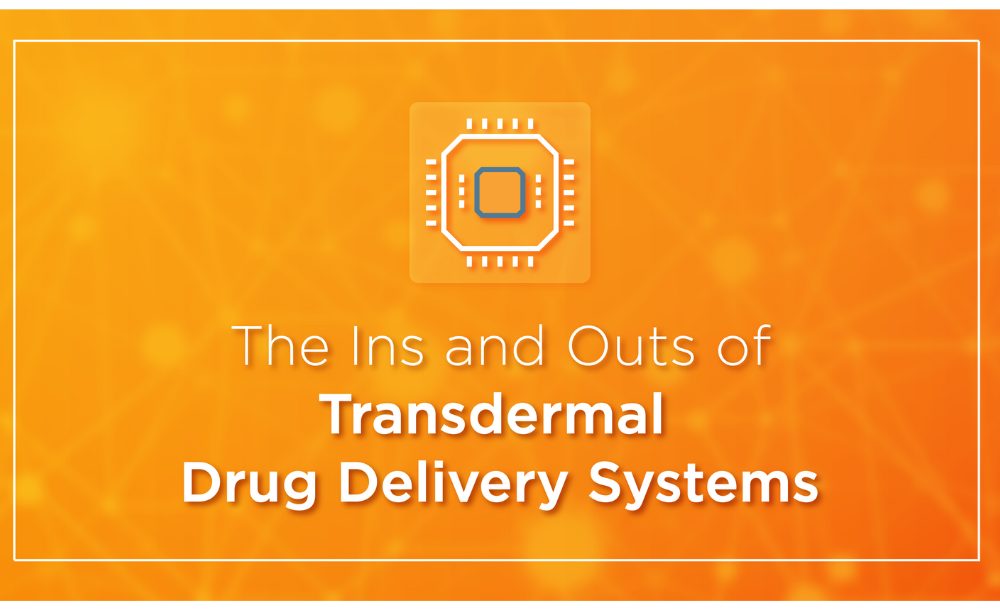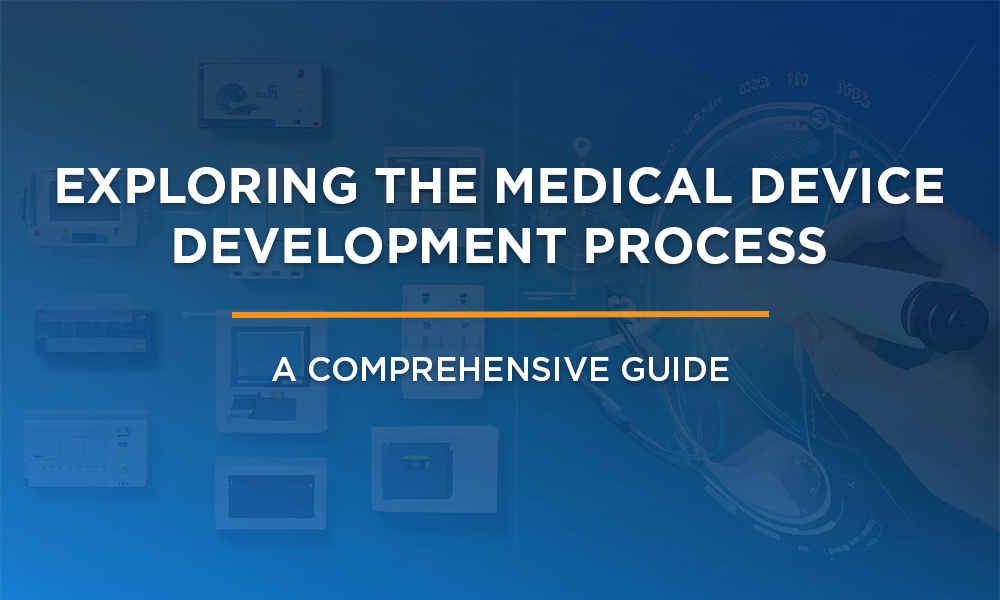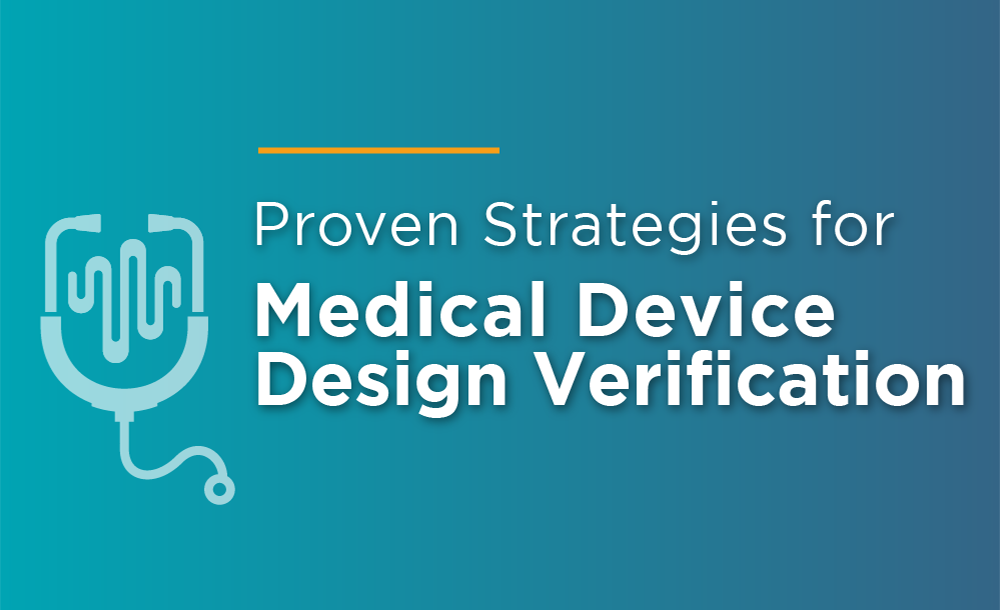When designing new drug therapies, pharmaceutical, and medical device companies must determine which method is best for delivering the medication to the target sites.
Patients are generally familiar with drugs delivered via oral, topical, intravenous, and intramuscular routes. Transdermal drug delivery is the application of a medicine or drug through the skin, typically by using an adhesive patch, so that it is absorbed slowly into the body. It is becoming an increasingly popular option as it allows for a controlled release of medication while its ease of use enhances patient adherence.
The ABCs of Transdermal Drug Delivery Systems
A Transdermal Drug Delivery System (TDDS) administers medication through intact human skin at a controlled rate to systemic circulation. Oftentimes a patch or adhesive is used where the dosage either passes through a porous membrane containing the drug, or body heat melts layers of medication integrated within the adhesive. While oral medications can sometimes prove problematic to the digestive tract and liver, transdermal drugs bypass the digestive system and enter the bloodstream at a controlled rate regulated by the skin. As a result, patients using a TDDS may experience improved dosage efficacy compared to other delivery systems.
Advantages and Disadvantages
Delivery of medication through an oral route isn’t always an available option as the medication may not be properly absorbed due to gastrointestinal acid, enzymatic activity, or interference with food, drink, or other types of oral drugs. Transdermal administration can prove to be a superior alternative in this instance as it avoids first-pass metabolism and drug deactivation by liver enzymes. It is also ideal for drugs that have a narrow therapeutic window. The method is non-invasive and provides extended therapy with a single application. A TDDS patch can be quickly terminated by removing the patch from the skin. Also, because physical patches are visible, emergency responders and clinicians can quickly identify the drug that an unresponsive, unconscious or comatose patient is using.
Transdermal drugs do have some disadvantages. Since the skin provides a barrier it can limit potent drug molecules, prohibiting delivery into the blood. Patches may cause some skin irritation in certain patients, while others may object to their comfort and cosmetic levels, possibly decreasing compliance.
Enhancing TDDS with Electronics
Skin tolerability, skin barrier properties, and variability of application site conditions can all be constraints limiting the viability of drug delivery via a transdermal route. With the help of electronics, effective drug delivery via TDDS is possible. Iontophoresis is a technique of introducing ionic medicinal compounds into the body through the skin by applying a local electric current. Another approach to enhancing TDDS is microporation of the biological barrier, which involves applying an alternating current to microelectrodes and making contact with the skin. Additionally, skin microporation can also be achieved by using very short laser pulses.
FAQ’s
1. What is transdermal drug delivery?
Transdermal drug delivery is a method of delivering medication through the skin, typically using an adhesive patch. The medication is absorbed slowly into the bloodstream.
2. What are the advantages of transdermal drug delivery?
- Controlled release of medication
- Improved dosage efficacy compared to oral medications (avoids digestive system and first-pass metabolism)
- Ideal for drugs with a narrow therapeutic window
- Non-invasive and provides extended therapy
- Easy to terminate by removing the patch
- Visible patch allows for easy identification of medication by medical personnel
3. What are the disadvantages of transdermal drug delivery?
- Skin barrier can limit delivery of potent drugs
- May cause skin irritation in some patients
- Comfort and cosmetic concerns may decrease compliance
4. How can electronics enhance transdermal drug delivery?
- Iontophoresis: Uses a mild electric current to introduce ionic medications through the skin.
- Microporation: Uses an electric current or laser pulses to create temporary pores in the skin, allowing for better drug penetration.
5. When might transdermal drug delivery be a good option?
- Oral medications are ineffective due to gastrointestinal issues or first-pass metabolism.
- Precise control over drug release is needed.
- Long-lasting medication delivery is desired.
- Non-invasive administration is preferred.







